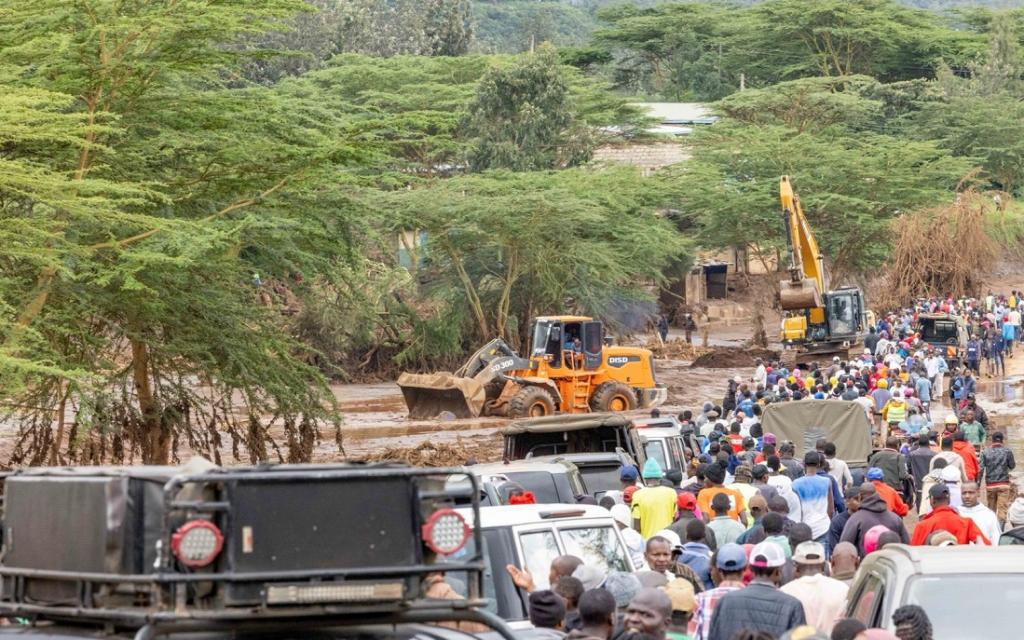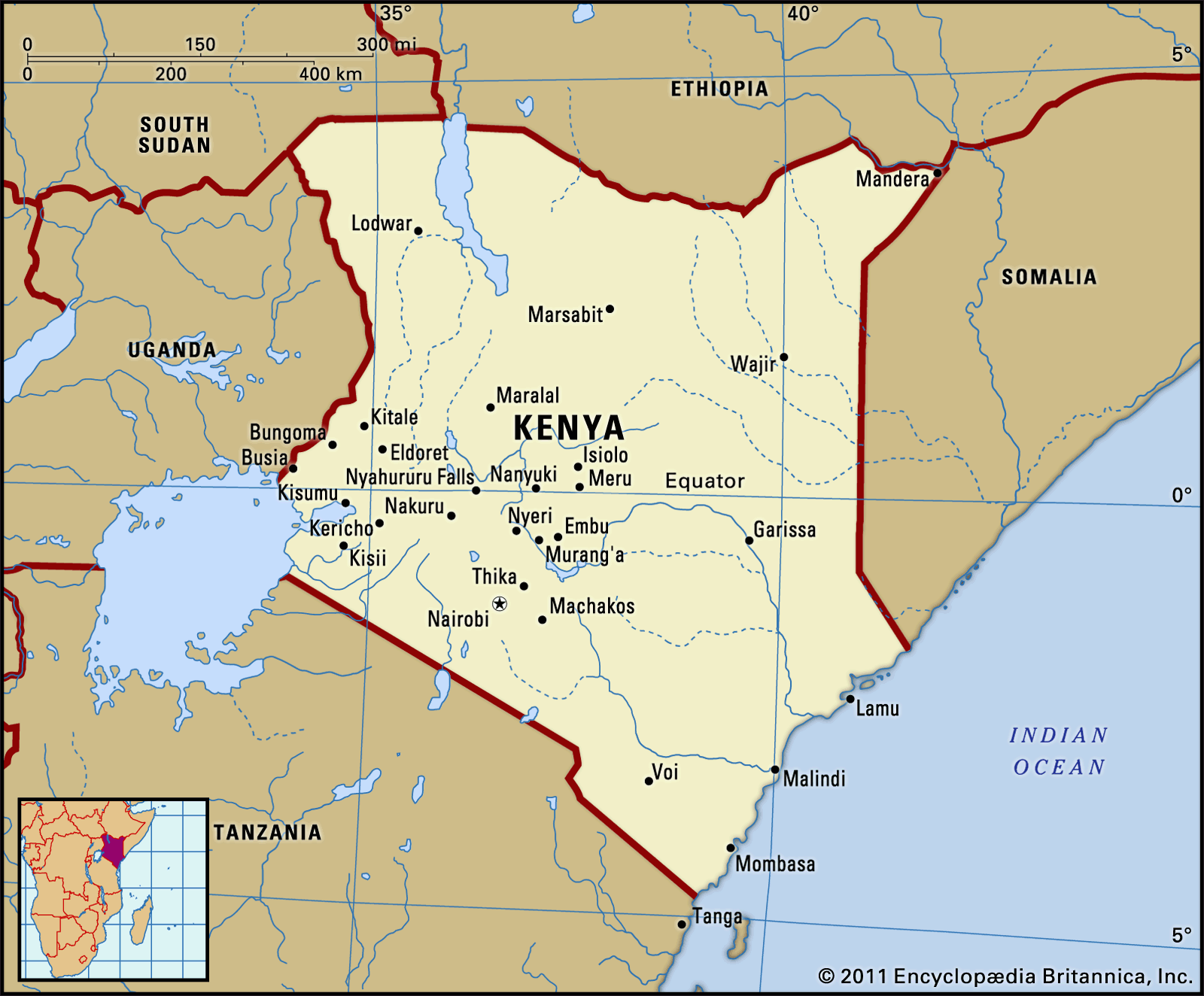Description

Copyright infringement not intended
Picture Courtesy: https://www.downtoearth.org.in/news/world/kenya-why-did-the-nakuru-dam-burst-channel-blocked-by-rain-swept-debris-the-reason-says-government-95911
Context: The Nakuru dam in Kenya cracked due to a blockage in the tunnel that carries water to the Tongi River caused by rain-swept debris.
Key Highlights
- The Nakuru dam in Kenya cracked due to a blockage in the tunnel that transports water to the Tongi River, which was caused by severe rainfall and debris, stones, and soil.
- The tragedy claimed the lives of at least 45 people, most of them were children, women, and elderly men. Floodwaters damaged the affected area, destroying houses, crops, and infrastructure.
|
The dam failure occurred following heavy rains, which caused a river tunnel under a railway embankment to become blocked with debris. This blockage led to a buildup of water behind the dam, ultimately resulting in its collapse and the ensuing flood downstream.
|
About Kenya
- Kenya is bordered by five countries:
- Somalia to the northeast
- Ethiopia to the north
- South Sudan to the northwest
- Uganda to the west
- Tanzania to the south
- The Indian Ocean to the southeast provides Kenya with a coastline.
- The climate varies widely from tropical along the coast to temperate inland and arid in the north and northeast.
- Physical Features
- Mount Kenya: Africa's second-highest mountain, with diverse ecosystems.
- Great Rift Valley: A geological fault line stretching from northern Kenya to Mozambique, characterized by lakes, mountains, and volcanoes.
- Kenya is renowned for its wildlife habitats, including the Masai Mara, where annual migrations of wildebeest and zebras occur.
- The "Big Five" game animals—lion, leopard, buffalo, rhinoceros, and elephant—can be found in Kenya's national parks and reserves.
- Water bodies:
- Lake Victoria: The second-largest freshwater lake in the world (shared with Uganda and Tanzania).
- Lake Turkana: The world's largest permanent desert lake (shared with Ethiopia).
- Lake Nakuru: A lake famous for its flamingo population.
- Kenya's economy is the second largest in eastern and central Africa, after Ethiopia, with Nairobi serving as a major regional commercial hub.
- Kenya is a member of various international organizations, including the United Nations, Commonwealth, World Bank, IMF, and World Trade Organization.
- Kenya has a rich mix of ethnicities, with Bantu, Nilotic, and Cushitic groups making up the vast majority.
- Bantu: The largest group, primarily farmers, including Kikuyu, Luhya, Kamba, Kisii, Meru, and Mijikenda.
- Nilotic: The second-largest group, historically pastoralists, including Luo, Maasai, Samburu, Iteso, Turkana, and Kalenjin.
- Cushitic: A smaller minority, mainly herders and Muslims, concentrated in the northeast near Somalia, including Somali and Oromo groups.
- Minorities: Asians (mainly Indian), Europeans (mainly British descent), and Arabs also contribute to Kenya's population.

Must Read Articles:
GREAT RIFT VALLEY
Source:
Down To Earth
Wikipedia
|
PRACTICE QUESTION
Q. The Nakuru dam recently cracked due to a blockage in the tunnel that transports water to the Tongi River. In which country is the Nakuru Dam located?
A) Kenya
B) South Africa
C) Ethiopia
D) Nigeria
Answer: A
|












